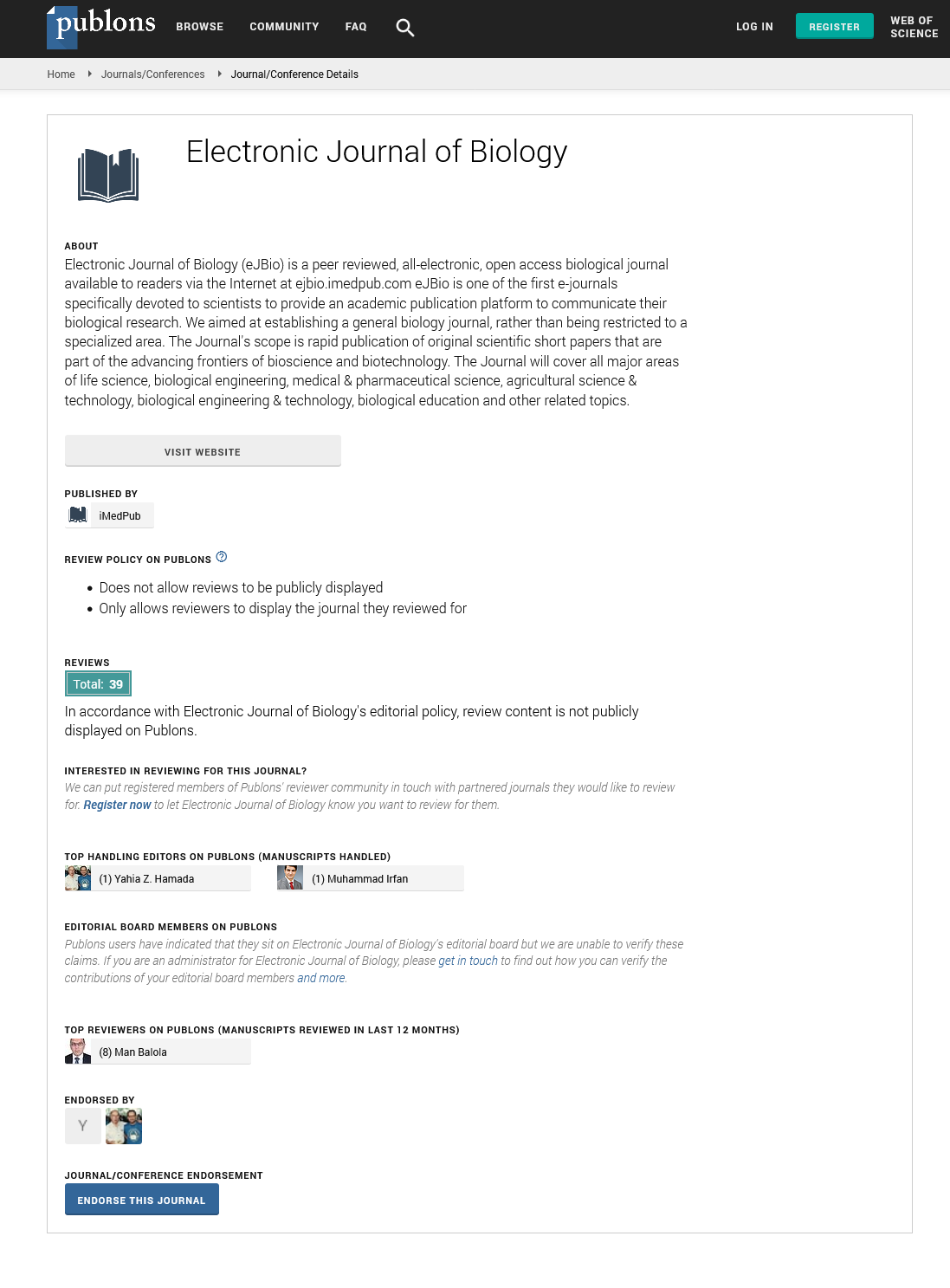Abstract
Mitoxantrone: an agent with promises for anticancer therapies
Mitoxantrone (MX) is an anthraquinone derivative with promising perspective in cancer chemotherapy. As compared to the better known anthraquinone derivatives of the anthracycline family, daunomycin and adriamycin, Mitoxantrone is comparatively more reactive, while being less cardiotoxic. Mitoxantrone recognizes the chromatin structure with higher affinity than free deoxy-ribonucleic acid (DNA) but mode of interaction is unknown. The intercalative binding of mitoxantrone in minor groove of DNA is much less favorable than in the major groove and also found to be much less sequence selective. Mitoxantrone shows considerable preference for intercalation of chromophore ring in a pyrimidine (3’- 5’) purine sequence rather than the isomeric purine (3’-5’) pyrimidine sequence. The insertion of mitoxantrone into DNA sequence is preferred in parallel mode. Formaldehyde plays an important role in the activation of mitoxantrone, leading to the formation of Drug-DNA adducts. These interstrand cross links take place in the presence of mitoxantrone and formaldehyde in a time and concentration dependent manner. It is specific to CpG and CpA sites in DNA, which prompts investigations into the effect of cytosine methylation (CpG) on adduct formation. The adducts at these methylated sites exhibited same stability as nonmethylated sites, suggesting that cytosine methylation simply increases drug accessibility to DNA rather than
Author(s): Pritish Varadwaj, Krishna Misra, Anju Sharma, Rajnish Kumar
Abstract | Full-Text | PDF
Share this

Google scholar citation report
Citations : 5001
Electronic Journal of Biology received 5001 citations as per google scholar report
Electronic Journal of Biology peer review process verified at publons
Abstracted/Indexed in
- Google Scholar
- China National Knowledge Infrastructure (CNKI)
- CiteFactor
- Electronic Journals Library
- Zoological Records
- WorldCat
- Proquest Summons
- Publons
- MIAR
- Openaccessarticles.com
- Secret Search Engine Labs
Open Access Journals
- Aquaculture & Veterinary Science
- Chemistry & Chemical Sciences
- Clinical Sciences
- Engineering
- General Science
- Genetics & Molecular Biology
- Health Care & Nursing
- Immunology & Microbiology
- Materials Science
- Mathematics & Physics
- Medical Sciences
- Neurology & Psychiatry
- Oncology & Cancer Science
- Pharmaceutical Sciences


